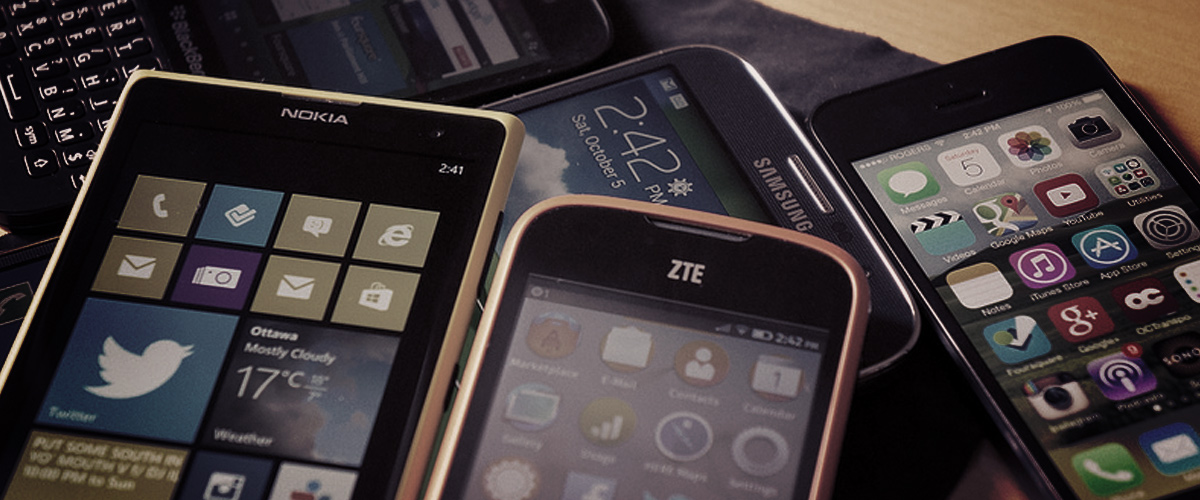Featured Articles

Article in User Manual category.
Trade Secrets for Entrepreneurs: How to Get into the App Store
If you are an enthusiastic entrepreneur/startup or just find yourself expanding into the app scheme, this article is a must read. No risk. Only reward.
Catching fire in the smartphone market presents a striking resemblance to that of someone’s baby steps into the workforce. Getting your app noticed by giants such as Apple and/or Android is like submitting a resume to a potential employer that you’ve had no prior contact with. It’s a shot in the dark. You hope your skimpy profile will get you past the first page. When it does, the day of your interview is your chance to shine. In that sense, following some standard guidelines will help you get noticed by Apple and/or Android, get you safely through their screening process, and, if all goes well, maintain your integrity as a figure of priority in the market.
If you pass the “interview” with Apple and/or Android and your app is featured on their panels, your consumer floodgates will be opened to a whole world of buyers. Being incorporated into the Apple/Android inner circle is like winning the American Idol—once you’ve accomplished this feat, there will be a tidal wave of fame and hence a gush of revenue. Android/Apple’s reputation will make your name proceed you. When investing in such business expeditions, you should think of the consumer pool for apps as an untapped resource waiting to be claimed. If you believe that you can be a future icon of Google Play and iTunes, you must first contemplate the barriers of rejection and what you can do to avoid it. This is where we come in. Below are some basic tips, the ABCs of getting the engine started, how to navigate around the narrows of rejection, and how to reach your destination of success:
Be ready for the big leagues
When targeting Apple and/or Android, make sure you present and maintain a professional composure. A positive outlook and a rock hard mentality are key. When you step up to the plate, try to guess what these big labels will throw at you, but at the same time, be ready for split-second improvisations. Lay off suggestions that outside of your reach, but swing for the fences if topics in your hot zone are brought up. To avoid app store rejection (and negative user feedback), think twice before labeling your app beta, although for Android, the marketplace is more open to the term.
Choose a good name for your app
Like giving a username to your account or naming a child, you might not be able to change or polish up an ugly app name later without some inconveniences. In this case, you would have to resubmit your app. This comes at the expense of time, effort, users, and money.
Load quickly
The smartphone industry is like a digital highway, and apps are vehicles on road. Nowadays apps are created with faster and faster access speeds. Considering that the highway has virtually no speed limit, a slow app would be like a trudging car with a stalling engine. Sometimes the phone itself is the problem. This plays to the favor of a speedy app. The lagging phone is frustrating, but you can imagine the rejuvenation of tapping on an app and having it load at blazing speeds amidst all the clutter. Finally, have it tested everywhere in the real world without relying solely upon load times from the latest smartphones or simulated testing environments.
Allow for access denied
Every product or service should respect the privacy of its user. Technology should never be an exception. Consider the possibility that a user will, say, deny your app permission to access their Facebook or their location. Your app should work regardless, or you will risk your app not making it to the market.
Show complete loyalty
Expressing the slightest sympathy for a rival kingdom could get you executed in feudal Europe. Never mention other app platforms/brands you support during your showcase. Though it won’t cost you your life, it will dilute your statement and weaken your resolve. Count on people you know to spread the integrity of your name on their particular mobile operating system and return the favor by noting this gesture on your website.

Be choosy about backups
If you can do without backing up data, for instance: static data or data that’s simple to download remotely or cache, don’t back up to the app store cloud. Only UGC (user generated content or data) should be backed up. This forces you to make sharper decisions with regards to what material should be cherished and what information can be relieved.
Ensure proper attribution
Don’t use Apple’s apple in the wrong spot, but make sure it IS there for embedded property like maps. Google is more "friendly" about allowing Android robot and other trademark use, but their rules are still quite detailed. You want to use the company logo, but you don’t want to abuse it.
Sell according to the rules
Your digital content, including subscriptions, must be sold in iTunes (for Apple), but don’t worry about the purchase of real-world items. Make sure you don't link to another payment method if you're hoping to be in the iTunes app store.

Use standard UI
Carefully conform to mobile interface’s best practices and the UI guidelines of your app store. This avoids user frustration and can keep you from being rejected by the marketplace. This is very critical, as it is the default format for practically all apps.
Localize for all markets
We live in a very integrated world, with internet and travel a leisure to first-world countries. We often tour other parts of the globe, so make sure currency shows up properly no matter where your user is. Also, ensure map coordinates are accurate, no matter where your user may be in relation to the Equator. If there is a problem here, you could be excluded from the marketplace and/or damage your reputation with users.
Check your app against app store guidelines
App stores have detailed submission guidelines which vary, so be sure to check them off for each retailer. Don’t just rely on walk-ins and the brick-and-mortar for app development notes. Grab a pen and paper or open a word document. Then surf the web and record key information. Talk to familiars (or strangers, if the opportunity presents itself), and try to get as many facts and other usable materials from them. Keep an eye open for all the digital media that passes by everyday. Most of it is junk, but there are promotions and techniques that may have vital bearings for getting into the app store. Having a full arsenal of app guidelines/knowledge is never wasted effort when trying to penetrate into such a prominent market. Lastly, after gathering all the sufficient data and your drafting phases are over, remember to test, test, and…. what? Test! You need to know your stuff works before it can be mass produced. This should not be tied to ego, but the effectiveness of the final product. Of course, as a potential app developer for the market, both should fuel your actions.
Setting foot into the app store is as tough as entering many other professional fields that already have a highly established reputation. Though you’ll need more than a polished resume and a boastful interview, if you want to make it in the app market, you must first truly believe that you can succeed. Like with any other new ventures in life, the first steps are the heaviest. Regardless of what app you want to develop, making a lasting impact on the app market will be a steep hill to climb. You will have many obstacles that will attempt to deter you from your goal, but if you can weather the January storm, watching the flowers bloom in April will be priceless.





















